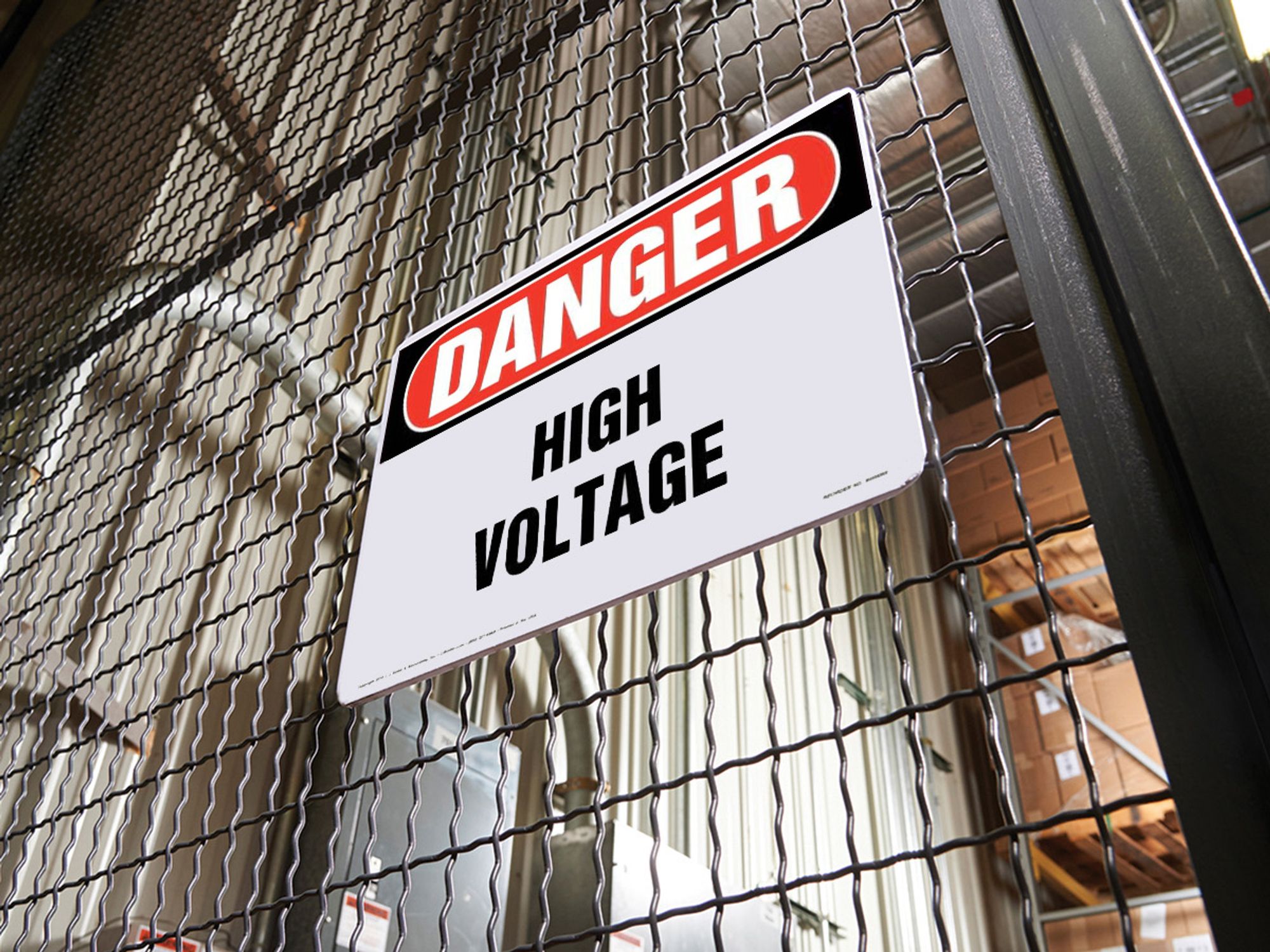InstituteSafety & HealthGeneral Industry SafetySigns and MarkingsUSASigns and MarkingsEnglishAnalysisFocus AreaIn Depth (Level 3)
Sign materials and construction
['Signs and Markings']

- Selecting the right sign material and construction leads to signs that last and that meet OSHA regulations.
Selecting the right sign material and construction means a sign will last and meet Occupational Safety and Health Administration (OSHA) regulations.
Sign material
Examples of what signs might be made of include polycarbonate, alumaboard, aluminum, plastic, tagboard, and adhesive vinyl. Other materials are also available. Performance and ruggedness of sign materials (also called substrates) is based on:
- Locational factors, e.g., sunlight, precipitation, temperature extremes, exposure to contaminants, lighting, and the mounting surface, among other factors.
- Sign features, e.g., substrate, fade resistance, color protection, anti-graffiti coatings, chemical splash protection, impact resistance, mounting devices/adhesives, cleaning/maintenance procedures, and estimated lifespan.
Sign construction
A sign must not pose a hazard itself. OSHA regulation 29 CFR 1910.145 requires that all signs be furnished with rounded or blunt corners and be free from sharp edges, burrs, splinters, or other sharp projections. Likewise, the ends or heads of bolts or other fastening devices also must not constitute a hazard.
